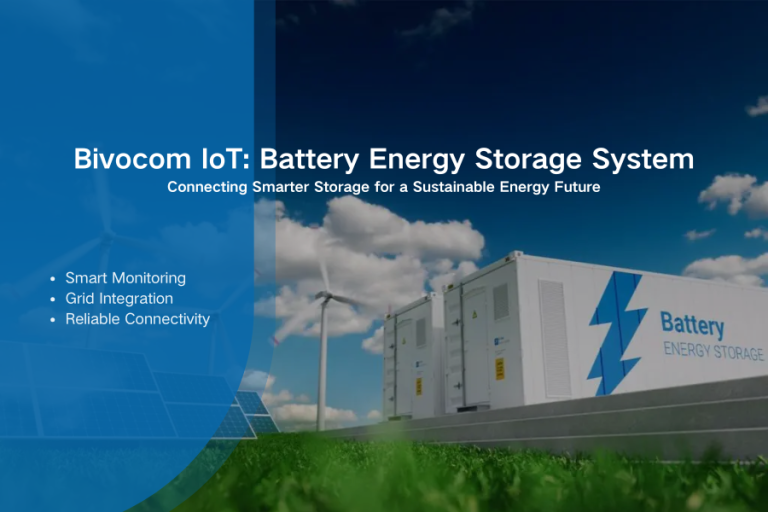How IoT Helps in Remote Monitoring of Alternative Energy Sources for Patients
In the ever-evolving landscape of healthcare, the Internet of Things (IoT) presents remarkable opportunities for enhancing patient care, especially through the monitoring of alternative energy sources. These technologies not only revolutionize the management of healthcare facilities but also empower patients to take control of their well-being. Let’s delve into how IoT aids in remote monitoring of alternative energy sources for patients.
1. Understanding Alternative Energy Sources
Alternative energy sources, such as solar power, wind energy, and geothermal systems, are becoming increasingly vital in healthcare settings. These renewable energy sources can power medical devices, equipment, and even facilities, reducing reliance on fossil fuels and decreasing carbon footprints. IoT technologies can help track, manage, and optimize these energy sources.
2. Real-Time Monitoring through IoT
IoT devices allow for real-time data collection and monitoring of energy usage and production. For patients using medical devices powered by alternative energy, this means continuous oversight of device performance and battery levels. Sensors can relay information to healthcare providers, ensuring that devices are functioning efficiently and empowering patients with knowledge of their energy consumption.

TR341 IoT Router for AES
Example:
Imagine a patient using a solar-powered nebulizer. An IoT sensor can monitor the power output and inform both the patient and their healthcare provider if the energy levels fall below a certain threshold, prompting timely action to recharge or change the device configuration.
3. Enhancing Patient Autonomy and Comfort
IoT technology enables patients to be more self-sufficient. Remote monitoring of alternative energy systems means patients can maintain control over their energy resources. With mobile applications linked to these IoT devices, patients can:
- Track energy production and consumption.
- Receive alerts when energy levels are low.
- Adjust energy sources to optimize usage.
This capability not only enhances patient autonomy but also brings peace of mind, knowing that their medical devices are adequately powered.
4. Predictive Maintenance and Efficiency
One of the standout features of IoT is its ability to predict when maintenance is needed. Through machine learning algorithms, IoT systems can analyze patterns in energy usage and equipment performance. For healthcare providers, this means:
- Reduced downtime of critical medical equipment.
- Improved energy efficiency by addressing issues before they escalate.
- Lower operational costs through optimized use of resources.
This predictive capability is crucial in healthcare, where every moment counts.
5. Remote Healthcare Accessibility
In rural or underserved areas, reliable electricity can be a challenge. IoT technologies that facilitate remote monitoring of alternative energy sources can prove invaluable. By ensuring that medical devices remain powered, healthcare providers can offer remote consultations and services, enabling patients to receive care without the need to travel long distances.
6. Promoting Sustainability
As healthcare moves toward more sustainable practices, IoT-supported alternative energy sources play a pivotal role. The data collected from IoT devices can help healthcare organizations analyze their environmental impact and implement strategies to reduce it. This commitment to sustainability resonates with patients who are increasingly conscientious about their healthcare choices.
Conclusion
The integration of IoT in the remote monitoring of alternative energy sources significantly enhances healthcare delivery for patients. By ensuring reliable energy for medical devices, empowering patients with real-time data, and promoting sustainable practices, IoT is paving the way for a healthier and greener future. As technology continues to advance, the potential for improved patient outcomes through innovative energy solutions is limitless.
Embracing this technological evolution will not only transform the healthcare landscape but also ensure that patients benefit from empowered, sustainable, and efficient care.




Comment